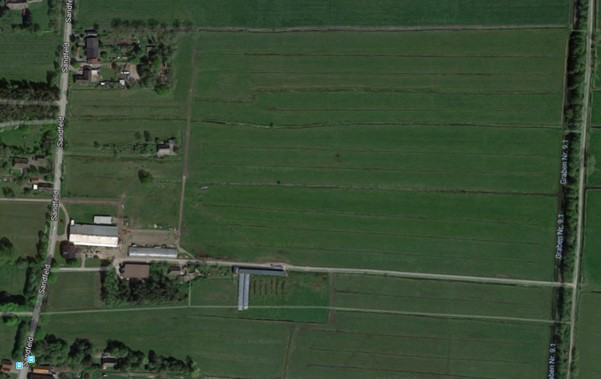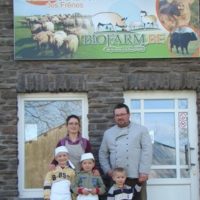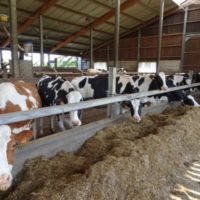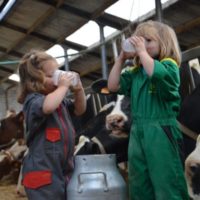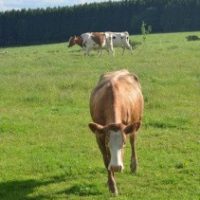Description
Improvement of animal health through feeding hay.
For this purpose, a separate hay drying was developed to use only self produces forage and to avoid botulism bacteria.
After some efforts to combat botulism, the feeding was changed to pasture and hay, thereby the risk of infection decreased. It was important to use self produced feed in order to avoid as many external factors as possible. Silage can have the effect of multiplying botulism and therefore the grass was dried by its own hay drying system.
Farm description
Environment
- Soil type 1: Peat
- Soil type 2: Clay
- Climate: Temperate oceanic climate
Grassland management
- Grazing: Yes
- Grazing management type: rotational grazing
- Forage conservation type: Hay
Structure
- Organic farm
- Agricultural Area : 80 ha
- Permanent grassland area: 50 ha
- Temporary grassland area: 30ha
- Average stocking rates:
- Agricultural area 2.25 LU/ha
- Grassland area 2.25 LU/ha
Animal performance
- Dairy cows: 120
- Breed type 1: HF
Why it is working
Producing hay instead of silage reduces the breeding ground for botulism bacteria and reduces the risk of infection on dairy cows.
